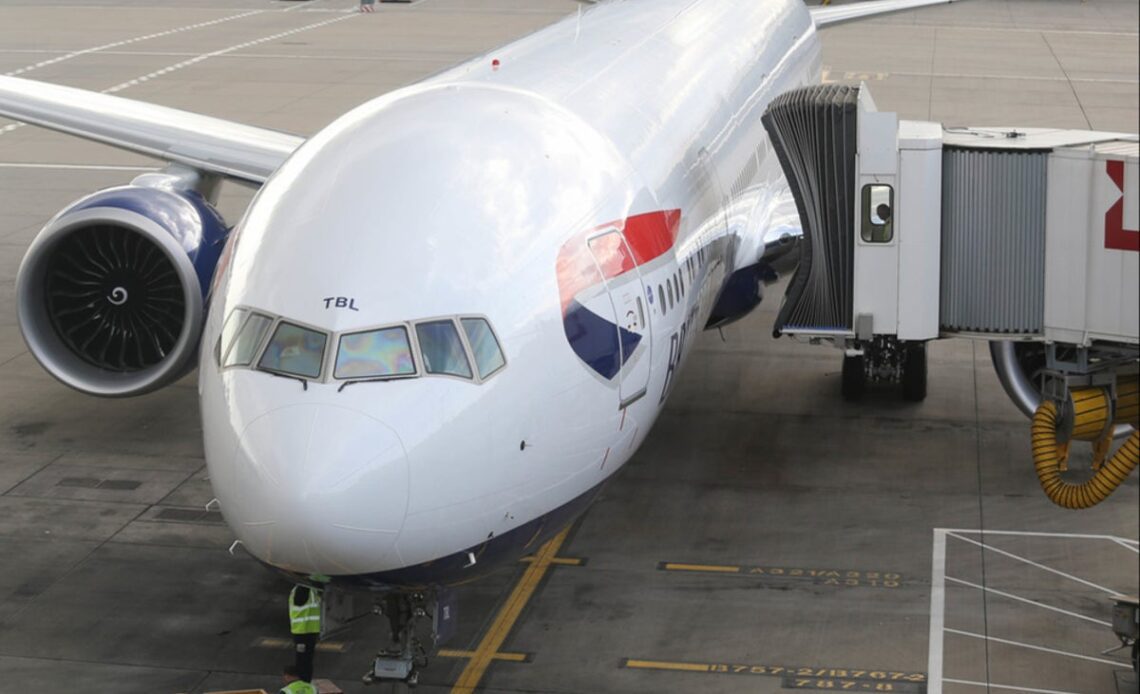A British Airways flight from Singapore to London Heathrow hit such severe turbulence over the Bay of Bengal that the plane had to return to its starting point where possible damage was checked. Several BA cabin crew were injured in the incident, in the early hours of 16 June.
One newspaper report was headlined: “We were in freefall for 1,000ft.” But just how dangerous is turbulence – and is it getting worse? These are the key questions and answers.
What happened in this incident?
British Airways flight BA12 was flying normally from Singapore to London Heathrow on Friday 16 June across the Bay of Bengal, midway between Sri Lanka and Thailand and about two hours into what was expected to be a 13-hour flight.
The Boeing 777-300ER was cruising at a ground speed of 598mph at an altitude of 30,000ft when it encountered severe clear-air turbulence (CAT). While the seat belt signs were on, meaning passengers should all have been strapped in, cabin crew were active.
Several members of cabin crew were injured. The captain decided to return to Singapore, which it did at an altitude of 29,000ft; this may account for some of the reports that the aircraft “fell” 1,000 feet, even though it will have been a controlled descent.
The plane landed safely just after 3am local time and was checked for structural damage, while medical care was arranged for the injured.
What does British Airways say?
“Safety is always our priority and we’re looking after our crew after one of our flights experienced a rare episode of severe turbulence. Our highly trained team on board reassured customers and the aircraft returned to Singapore as a precaution.
“We’ve apologised to customers for the delay to their flight and provided them with hotel accommodation and information on their consumer rights. We’re rebooking customers onto the next available flights with us and other airlines.”
There and back: Flightpath of British Airways flight BA12 from Singapore, which turned back after severe turbulence
(Flightradar24)
What is clear-air turbulence?
The US National Weather Service says: “Turbulence is caused by abrupt, irregular movements of air that create sharp, quick updrafts/downdrafts. These updrafts and downdrafts occur in combinations and move aircraft unexpectedly.”
The Federal Aviation Administration defines clear-air turbulence as “sudden severe…
Click Here to Read the Full Original Article at The Independent Travel…
